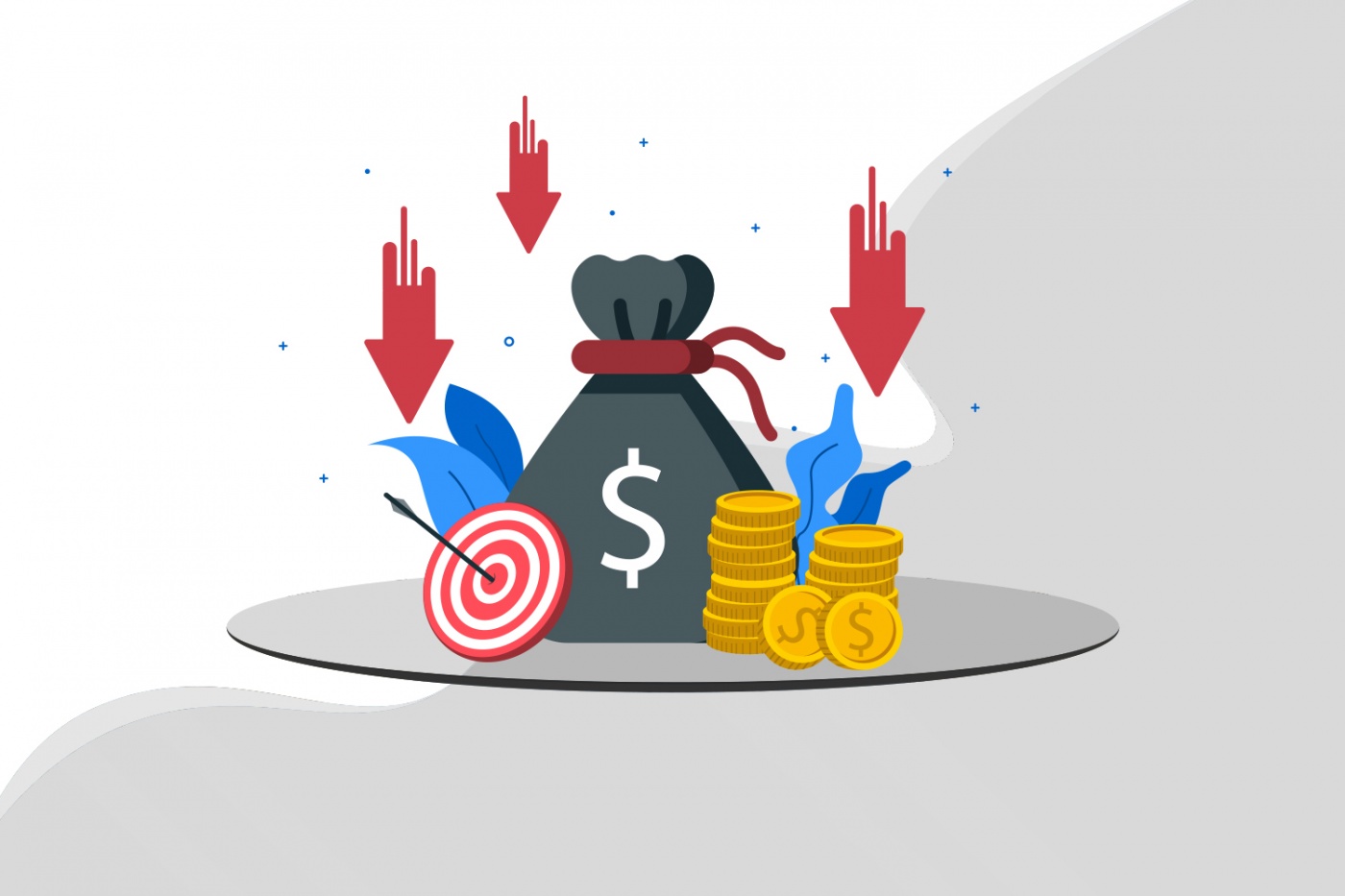Smart Ways to Reduce Costs Without Cutting Corners
Running your own business is an onerous affair, let alone in the midst of a pandemic. Many companies have been badly affected by the economic slowdown and are under huge financial strain to stay afloat. In an attempt to cushion the impact of Covid-19, millions of business owners have had to be resourceful to make up for lost income and find ways to sustain their business. Kara Bensley, founder of The WYLD shop, admits that although it has been a gruelling period, her team has managed to keep costs low by being prudent and as efficient as possible.
While every business should have enough cash reserves to last for a few months, cutting costs is one way to avoid becoming insolvent. Another option would be to eliminate unnecessary overhead. Thinking of improving your bottom line during these challenging times? Here are four things to do.
Go In-House
Janice Wong, chef-owner of 2am:dessert bar, said that in order to scale down, they terminated existing contracts with external vendors like Chope and started integrating their own complimentary reservation system that had no monthly or hidden fees per reservation. Similarly, Pia Chew, founder of local clothing brand Dustbunny Vintage, decided to cut down on outsourcing some of their tailoring and did it in-house instead. “To save costs, I even started to take up sewing. I got myself a pro sewing machine from Juki and did the work myself, ” she said.
Consider spending time to learn new skills that could pay off in the form of long-term savings. For example, instead of relying on a graphic designer, approach someone to teach you the fundamentals, or read up and watch instructional videos that demonstrate the basics. In addition, make use of free applications like Canva to construct your own designs for Instagram posts and stories as well as marketing campaigns.
Get Customers to Amplify Your Marketing Message
Every business owner knows the power of marketing, but running an extensive marketing campaign can be costly. Instead of busting your budget to generate leads, look to your customers as your best marketing aid to help you create user-generated content. User-generated content is not only free, but also creates higher levels of engagement and garners more followers. For example, software application Buffer successfully increased their Instagram following by 400 per cent just by utilising UGC campaigns. If you run an e-commerce platform, ask those who follow your page on social media to post pictures of items they bought, use the relevant hashtags and talk about the product in their captions. Since working from home is still the norm and many of us tend to spend our breaks browsing social media sites, use this as an opportunity to galvanise the community into supporting your brand.
Reduce Non-Essential Expenditure
Find ways to operate as lean as possible by reducing unnecessary expenses. Keep your day-to-day costs of operations low. Stop paying for software programmes you don’t need or a monthly PR retainer. Rental is one of the biggest cash flow killers, so try to renegotiate payment terms with your landlord. For the past few months, Bensley only spent on what she felt would keep the business alive. “During our nearly three-month closure, we cut down on things we’d normally spend on like electricity, event supplies for our shopping parties, photography services and models.” Be aware of what your financial liabilities are and be quick to anticipate when your cash flow is going to be negative.
Be Creative and Flexible
Founder of e-commerce giant Amazon Jeff Bezos was reported by Forbes to be the first person ever to have a net worth exceeding US$200 billion. According to the billionaire, his secret to his success is to be frugal. He said, “I think frugality drives innovation, just like other constraints do. One of the only ways to get out of a tight box is to invent your way out.” Too often, money is seen as a quick fix. But for businesses facing financial difficulties due to the pandemic, they have to come up with creative solutions to problems through trial and error. Most of the time, these on-the-fly solutions turn out to be better than those that you would throw money at, because we are driven to think out of the box.
For Janice Wong, Covid-19 has impacted her business and plans. Hence, to mitigate additional losses, the team altered their approach towards their mooncake launch. “Since Covid-19 happened, we decided to launch with a different packaging, as we want as many locals to enjoy our mooncake creations at a reasonable price, ” she said. This means offering up to 35 per cent discount to consumers who purchase their mooncakes on their new online reservation platform. Dustbunny Vintage has had to flex their creativity too, and quickly started selling face masks made of vintage material and off-cuts from batik fabrics. By doing so, they used up their existing material, reduced wastage and decreased expenditure.


